Knee Arthroscopy
Of all possible injuries, knee problems are the most common. To accurately determine the condition of this complex joint or to treat it without incisions, arthroscopy is performed.

specialists

equipment

treatment
Indications and contraindications for surgery
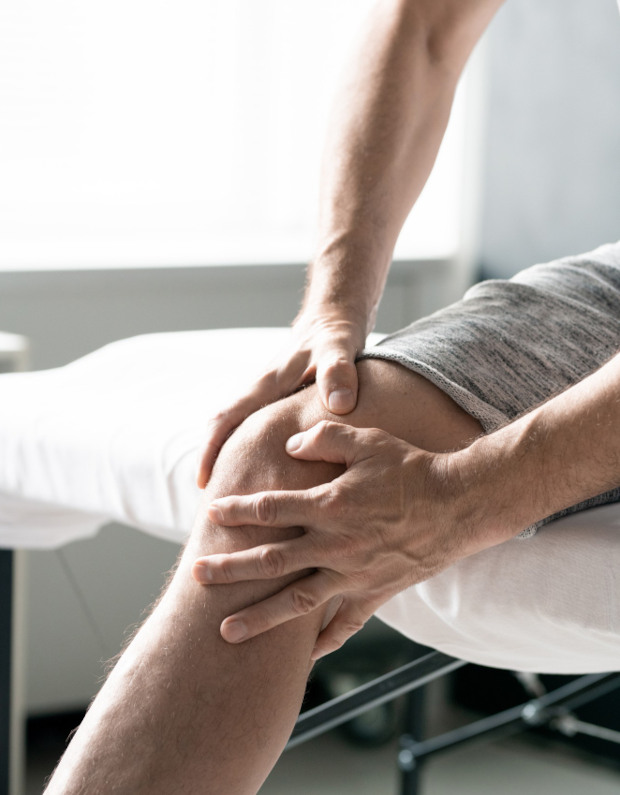
Arthroscopic examination of the knee joint is recommended in situations where traditional diagnostic procedures cannot reliably determine the nature of the injury or the extent of tissue damage.
Surgical tactics are determined by the physician based on an examination of the intra-articular structures and the principles of authoritative medical societies. Reasons for performing arthroscopy include the following clinical situations:
- Intra-articular fractures
- Dislocation of the patella or femur/tibia
- Diseases of the synovial bursa and lining of the joint
- Blocked knee motion by free elements undetectable by conventional imaging methods (such as magnetic resonance imaging)
- Chronic pain resistant to conservative medication and physical therapy
- Osteoarthritis and post-traumatic inflammation (gonarthrosis)
- Injury to the cruciate, medial, or lateral ligament structures
- Koenig's disease - this method is necessary for precise mapping of the pathological area and selection of the most appropriate treatment
- Rheumatoid polyarthritis and similar immunopathological processes in the musculoskeletal system
- Unilateral joint pathology that allows surgical correction of limb position or limited displacement of articular surfaces
- Initial stages of joint destruction in developing gonarthrosis
- Cartilage injuries (cases of meniscus tears or signs of wear)
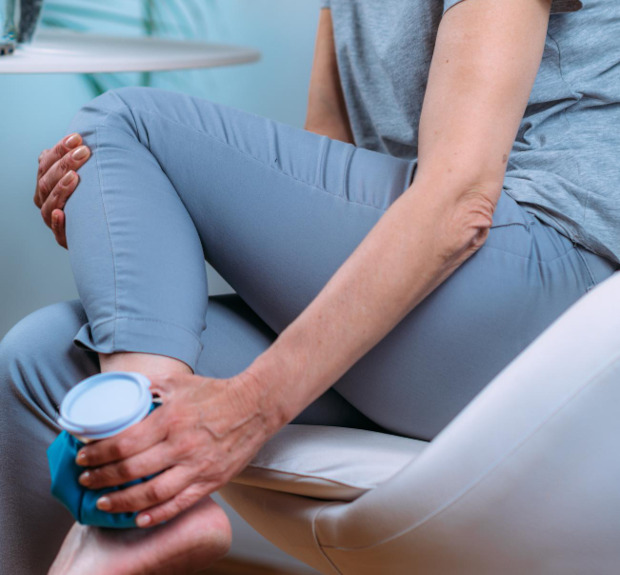
During arthroscopy, a biopsy may be performed, which is necessary to verify oncological diseases or systemic pathologies of the body's connective tissues. Arthroscopy is also used for therapeutic purposes in various conditions:
- Destruction and erosive changes in the hyaline lining of joints
- Meniscus structure disorders, formation of cystic cavities
- Accumulation of excess fluid in the area of bone junction
- Formation of bone spurs and fibrous adhesions
- Presence of foreign particles in the joint cavity
- Acute or chronic inflammatory processes
- Instability of joint elements
- Need to cleanse the joint space of purulent infiltrates
- Need to polish damaged areas of cartilage
- Preparation for subsequent surgery to install implants or correct anatomical defects
Limitations to performing arthroscopy include severe cicatricial deformities of the joint ("ankylosis") and a significant deterioration in the patient's general well-being.
Preparing for arthroscopy
Prior to the intervention, patients receive a consultation with an orthopedic traumatologist. A specialist will refer you for tests and diagnostics using various equipment.
Laboratory tests required before arthroscopy:
- Complete blood and urine tests
- Blood chemistry test (total protein, glucose, total bilirubin, AST, ALT)
- Blood type and Rh factor
- Test for syphilis, HIV, hepatitis B and C
Instrumental diagnostic methods used before the procedure:
- ECG
- Chest fluorography or x-ray
- Joint x-ray
- Ultrasound of the veins of the lower extremities
- MRI of the joint
Preparatory measures before Arthroscopy:
- Only low-calorie foods: avoid meat dishes, potatoes, and fried foods.
- The last meal and water intake should be no later than 6-7 hours before the procedure.
- Hair should be removed from the area of the procedure.
Anticoagulants are temporarily discontinued before surgery to help prevent blood loss.
Surgical Technique
The knee joint is examined in a sequential manner. First, the surgeon examines the joint from the inside, assessing the extent of damage and determining the appropriate treatment strategy.
A torn meniscus also requires medical attention. If the injury allows for tissue closure, doctors apply sutures. However, in severe cases, removal of part or all of the meniscus through a meniscectomy may be necessary.
If joint stability is compromised due to a rupture of one or more ligaments, restoration is performed using autologous tissue implantation. For this purpose, special channels are created in the tibia and femur, into which the graft is inserted. The implant is then secured with special devices, such as metal or absorbable screws, plates, or pins, which are permanently left in the joint.
Immediately after surgery, the patient wears a special brace (orthosis) for approximately one month. In cases of pathology such as König's disease, a special technique is used: fragments of healthy cartilage are transferred from the area of least stress on the femur to the affected area.
Immobilization measures after this procedure are strictly monitored by a physician. During the recovery period, patients use crutches to limit axial load on the injured limb. Cartilage blocks are removed from areas of the femur subject to minimal stress and transferred to the defective areas. Patellar dislocation is corrected using one of two methods:
- The internal structures of the joint capsule and ligamentous apparatus that ensure patellar stability are strengthened.
- A new ligament is formed to protect the patella from repeated displacement.
Sometimes, patients with chronic patellar dislocation require additional intervention directly on the bony structure of the joint.
Stages of Arthroscopy
Before knee arthroscopy, the patient must undergo a comprehensive examination, including certain laboratory tests recommended by a specialist. If no contraindications to the procedure are identified, a surgery date is set and preparatory instructions are provided.
Sometimes it is necessary to discontinue certain medications that may cause adverse reactions when combined with the anesthetic. The patient is instructed to fast for several hours prior to surgery. The evening before, a bowel cleansing procedure with an enema is required.
The following is a step-by-step procedure:
- The patient's leg is positioned so that the surgical site is fully accessible, then an anesthetic is administered.
- The area around the surgical site is treated with antiseptic solutions, and hemostatic measures are performed using a special bandage, tourniquet, and tourniquet.
- The next step involves making small incisions, through one of which an endoscopic device with a high-resolution camera and lighting element is inserted. Additionally, small incisions are made for the insertion of instruments used to analyze the internal structures of the joint and subsequently perform therapeutic procedures.
After all planned procedures are completed, virtually invisible cosmetic sutures are applied to the puncture sites and the wound is covered with sterile cloth.
Equipment and Instruments
The following are used to perform this procedure:
- An ablator is a cold plasma surgical device.
- A shaver is a surgical instrument for cutting tissue and removing its excised remnants.
- An arthroscope is a thin tube with a tiny camera and light source, inserted into the joint through a small incision. The camera transmits the image to a monitor screen, allowing the surgeon to see the internal structures of the joint.
- Syringes and cannulas — used to inject sterile solution into the joint before the procedure to increase the space inside and facilitate examination.
- Biopsy instruments — special forceps and devices for collecting tissue samples needed for further analysis.
- Electrosurgical instruments — used to remove damaged tissue by electrocoagulation or radiofrequency ablation.
- Slit probes — help assess the condition of cartilage and ligaments, determine the extent of damage, and identify any abnormalities.
- Scissors and scalpels — used to excise damaged tissue, such as a torn meniscus or worn areas of cartilage.
- Osteotomes and burrs — used to prepare bones, for example, when removing osteophytes (bone spurs).
- Needles and suture material of various sizes and shapes—used for suturing, fixing torn structures (e.g., cruciate ligaments), repairing cartilage damage, and other surgeries.
The use of modern equipment and instruments allows for effective and safe arthroscopy, minimizing the risk of complications and accelerating patient rehabilitation.
Advantages of arthroscopy
The process is not limited to superficial inflammation. The infection quickly spreads deeper, destroying surrounding structures. Within 24 hours, the patient is back on his feet and walking freely, without the need for a cast or crutches. Only in rare cases is short-term rest necessary.
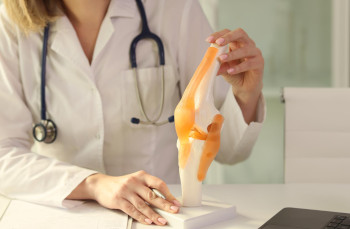
The surgery is generally very well tolerated. Here are its main advantages:
-
Compactness of the instrument
The arthroscope is only about a centimeter in diameter, allowing the doctor to examine each area of the joint in detail, magnify the image, and accurately diagnose the problem.
-
Minimal trauma
This is a gentle method performed without deep incisions. Complex intra-articular manipulations are performed almost bloodlessly and carefully.
-
High diagnostic accuracy
The procedure complements ultrasound, MRI, CT, and X-rays, increasing their information content. The reliability of the results is close to absolute.
-
Rapid rehabilitation
Because the punctures are small, healing occurs quickly, leaving barely noticeable scars.
-
Low risk
Minimal invasiveness reduces the risk of complications compared to traditional surgeries.
Prices for knee arthroscopy
At the K+31 Clinic (Moscow), arthroscopy is performed by professionals at an affordable price. The doctor uses high-precision equipment and high-quality implant materials. The cost of knee replacement surgery depends on the complexity and scope of the procedure. Emergency surgery is more expensive.
To schedule a consultation with a surgeon, find out the cost of knee arthroscopy in Moscow and other services, and get additional information about our medical center's departments, call the reception desk or use WhatsApp. Online booking is available 24/7. A full price list, including current prices for services by department, can be found on the website.
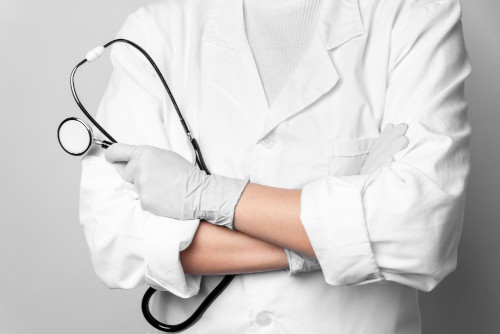
Frequently Asked Questions
How long does the operation take?
How is arthroscopy different from regular open surgery?
Is it possible to walk after arthroscopy on the same day?
Is the procedure painful?

This award is given to clinics with the highest ratings according to user ratings, a large number of requests from this site, and in the absence of critical violations.

This award is given to clinics with the highest ratings according to user ratings. It means that the place is known, loved, and definitely worth visiting.

The ProDoctors portal collected 500 thousand reviews, compiled a rating of doctors based on them and awarded the best. We are proud that our doctors are among those awarded.
Make an appointment at a convenient time on the nearest date
Price
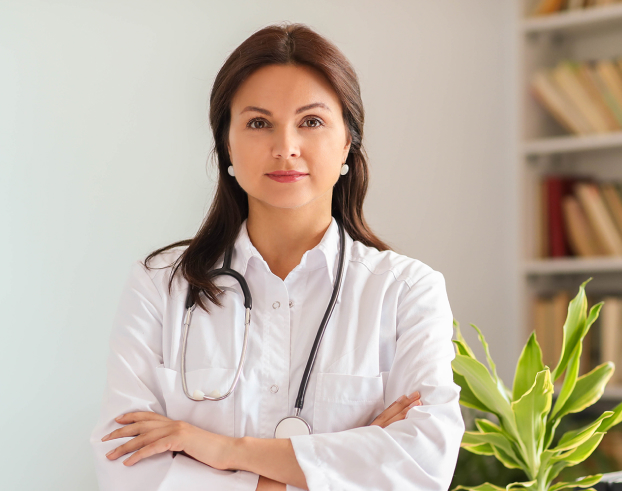
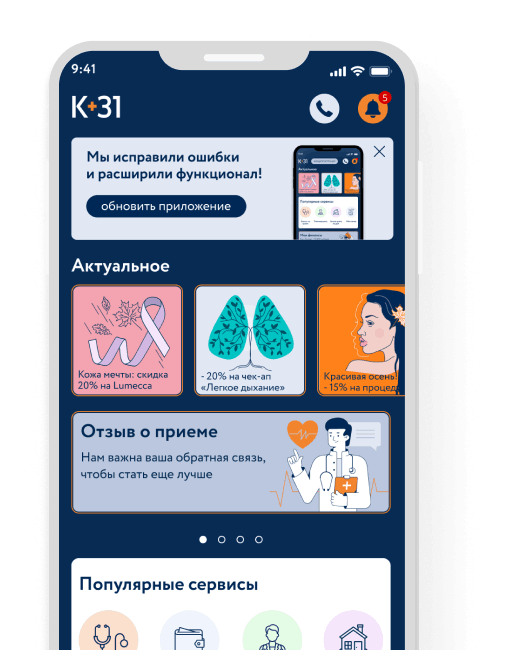
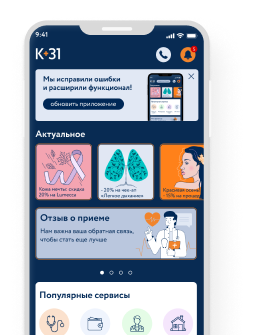



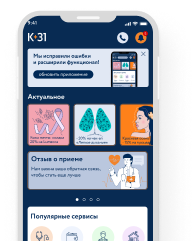
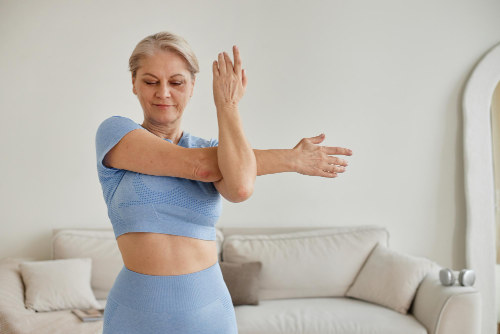

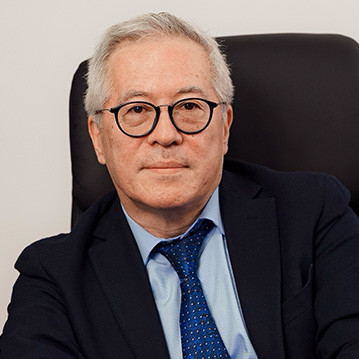

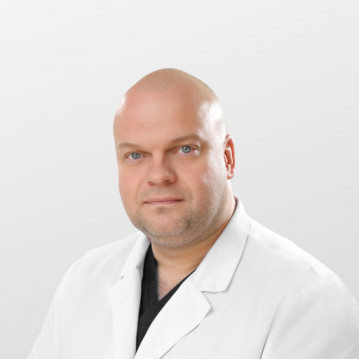
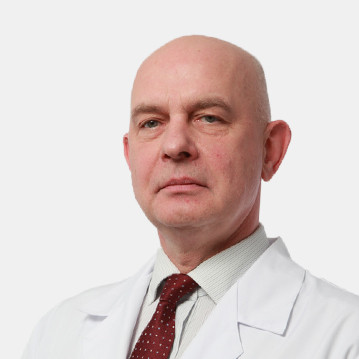
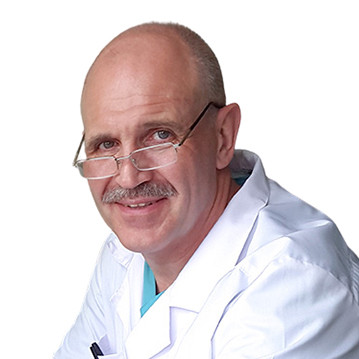
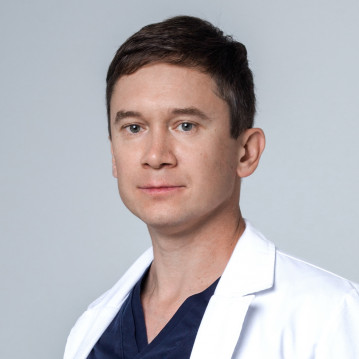
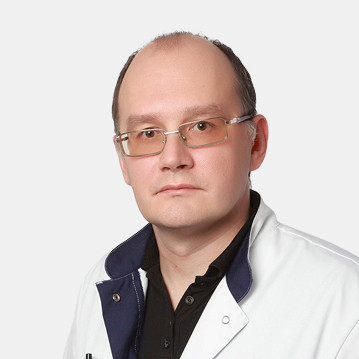
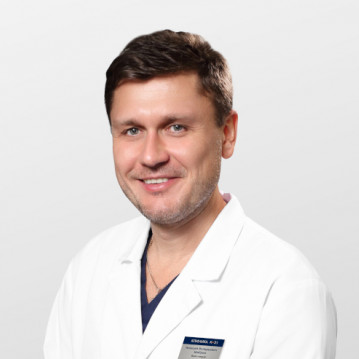

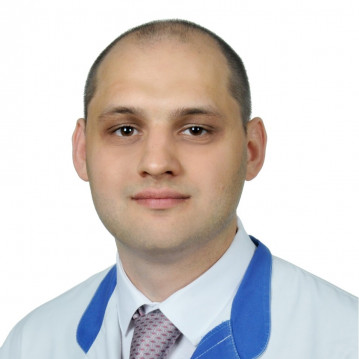
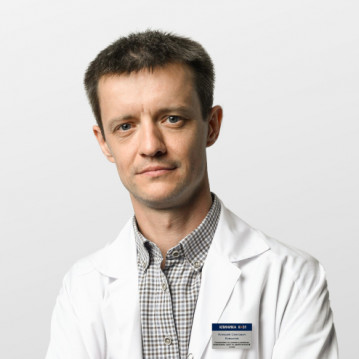
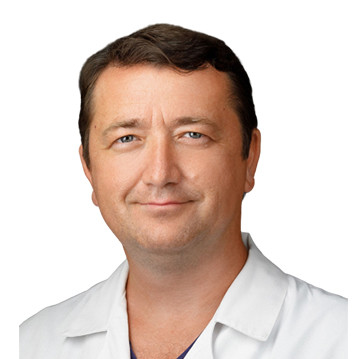
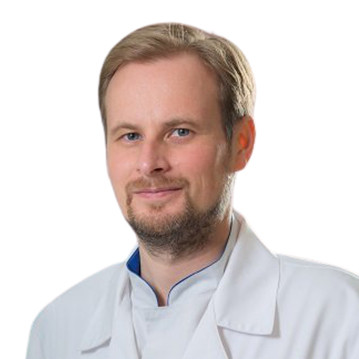
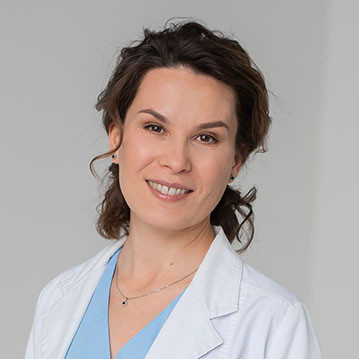
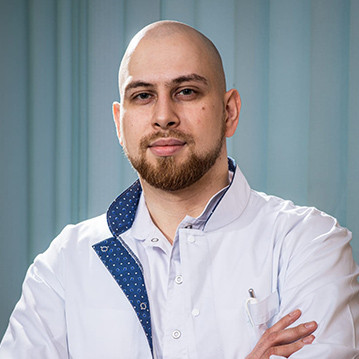
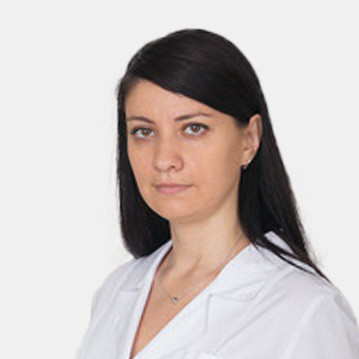
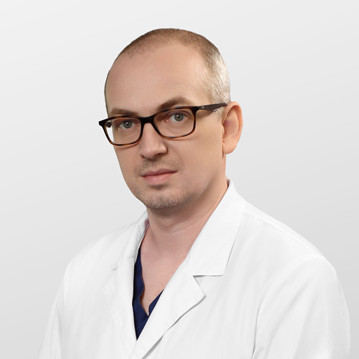
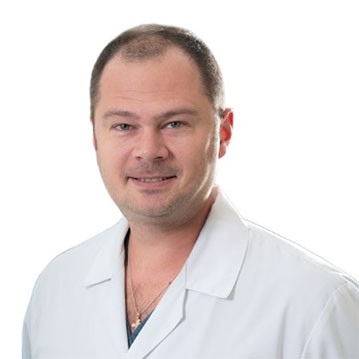
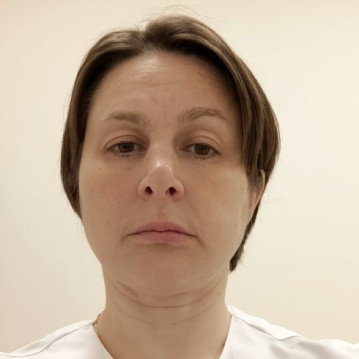
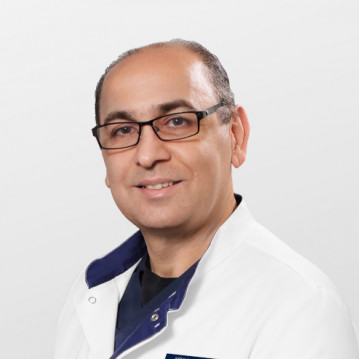


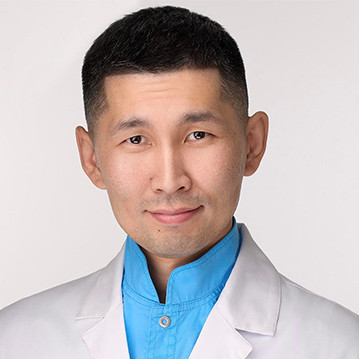

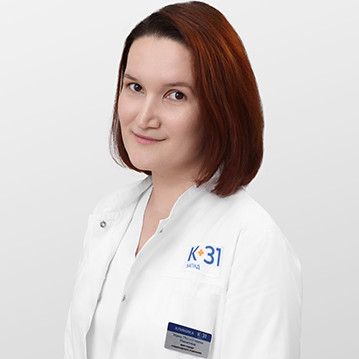


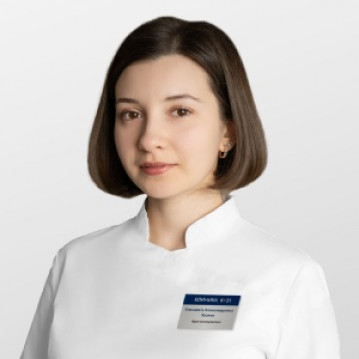

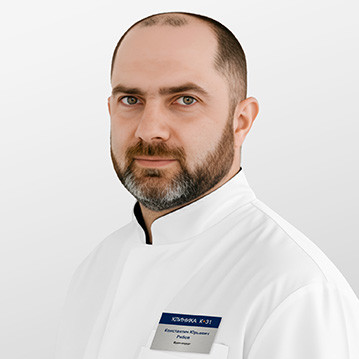
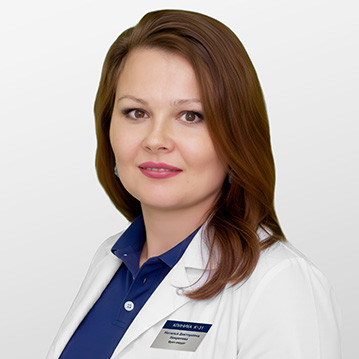
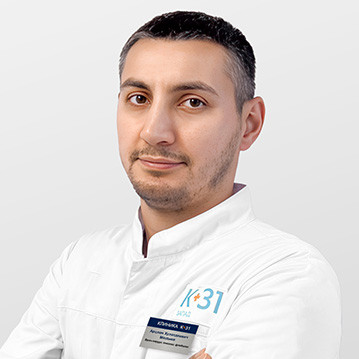
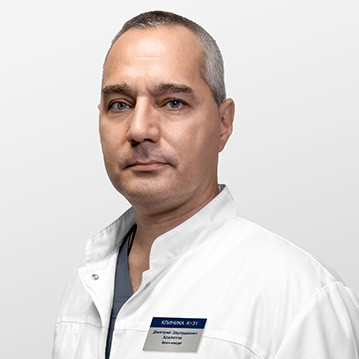

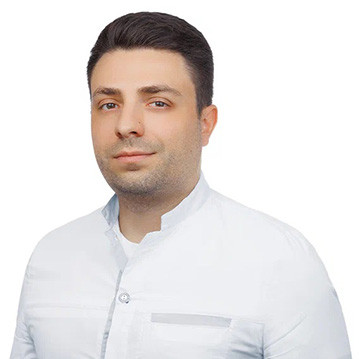
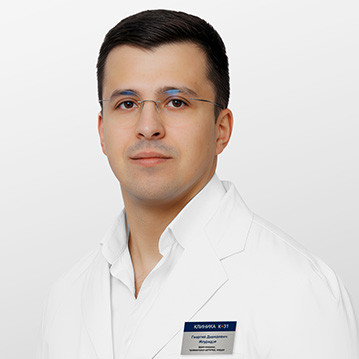



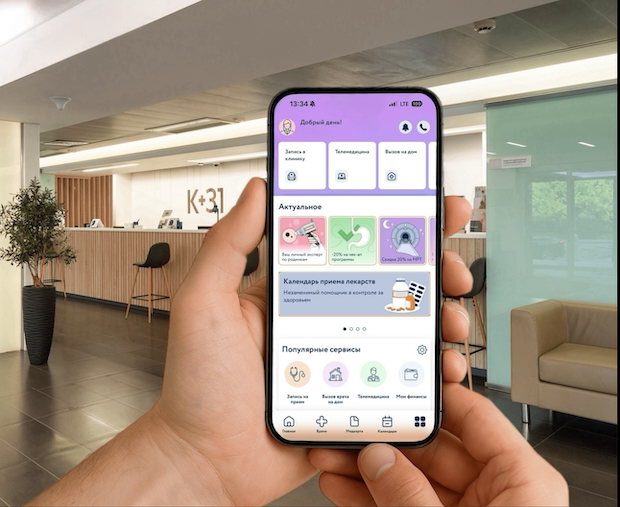
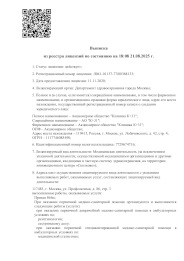

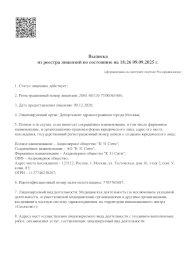
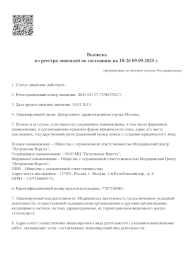

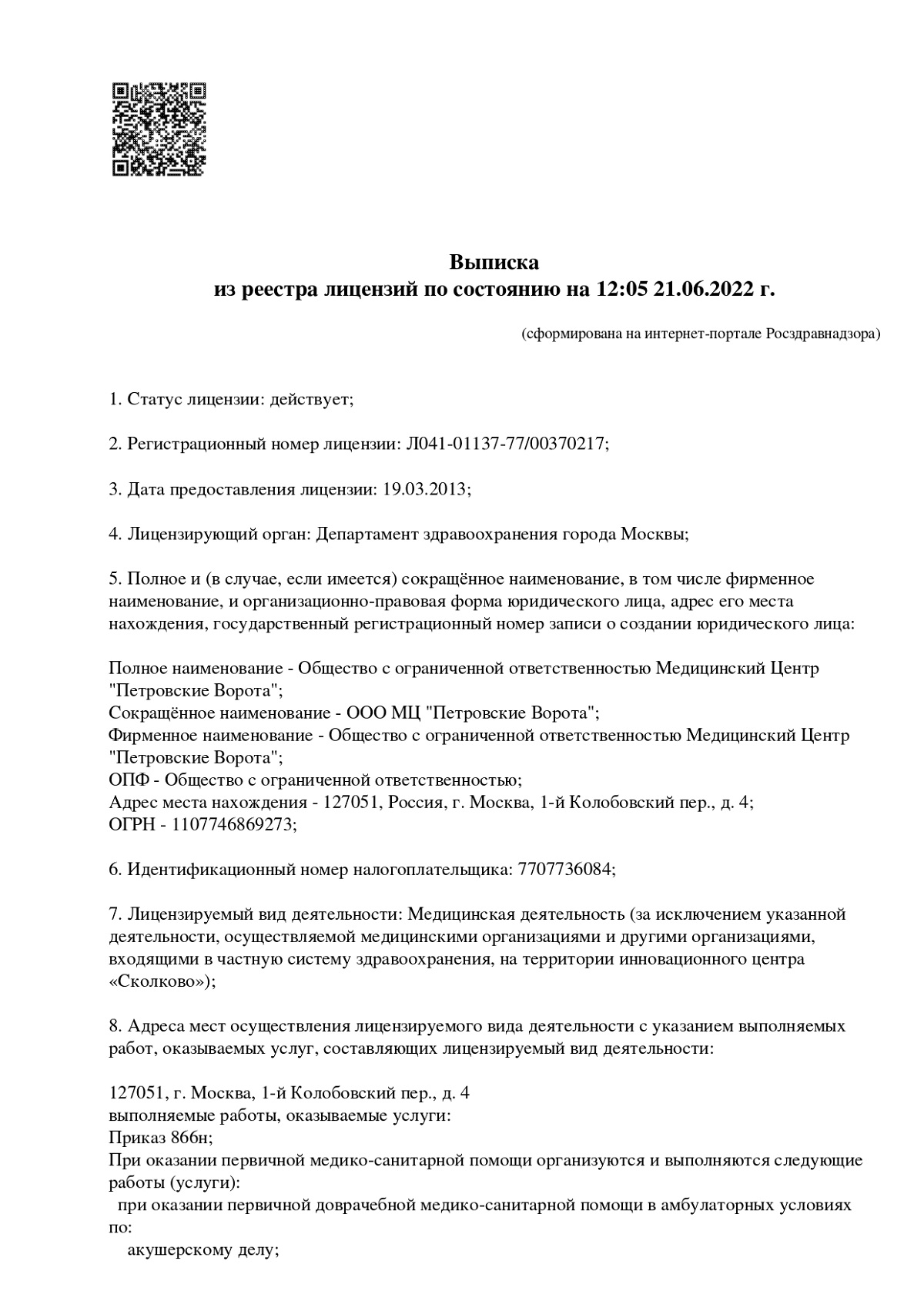
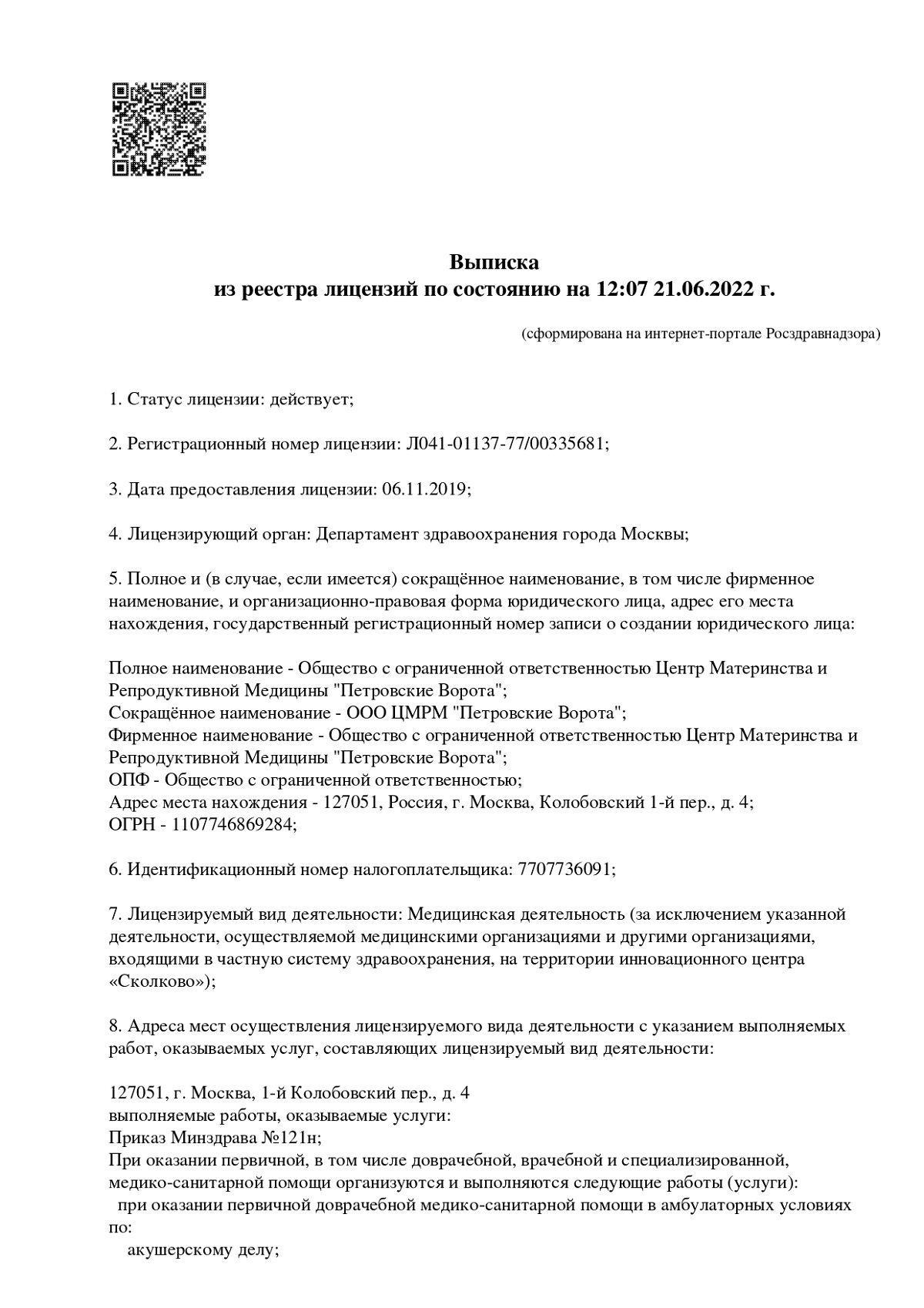
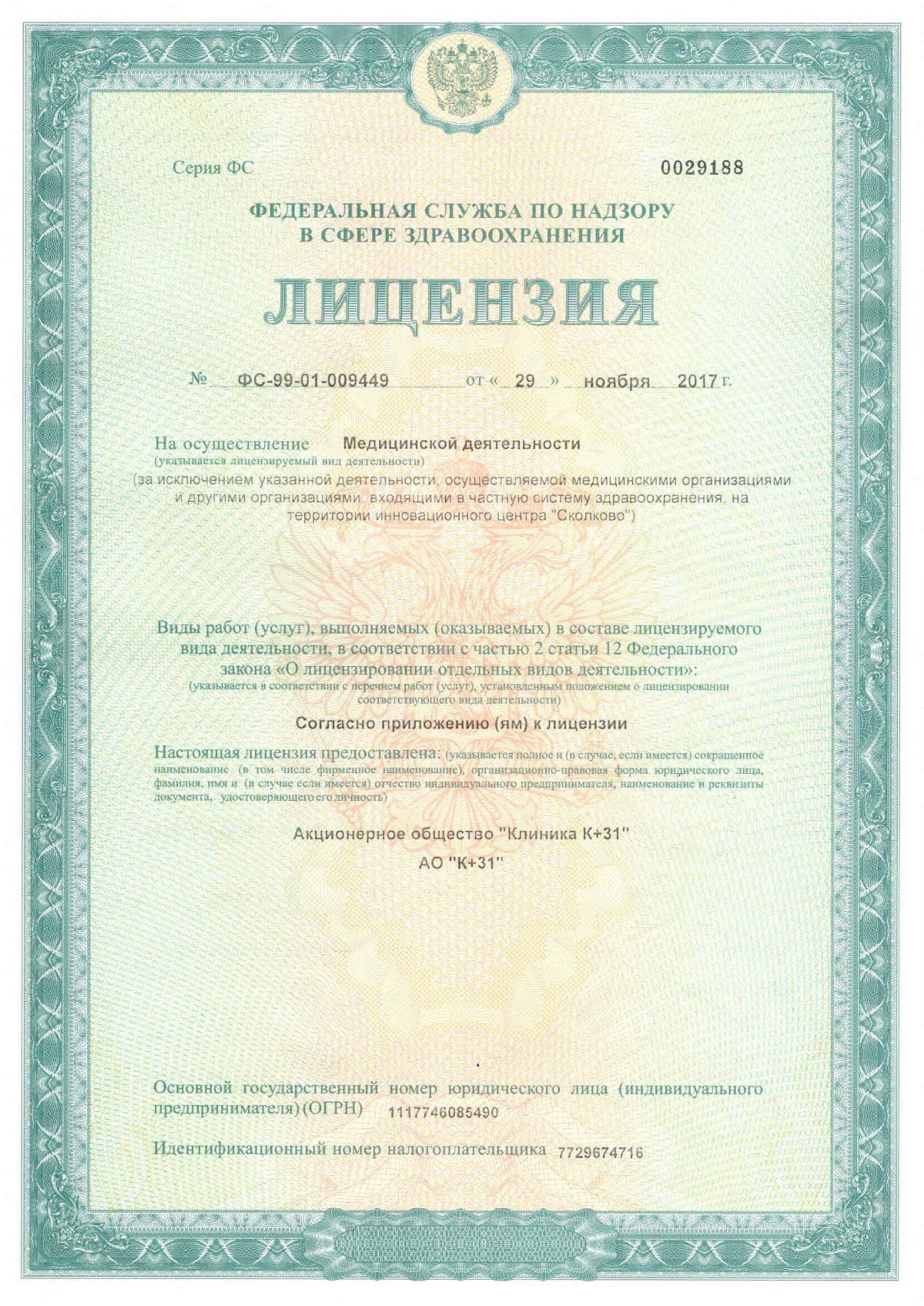
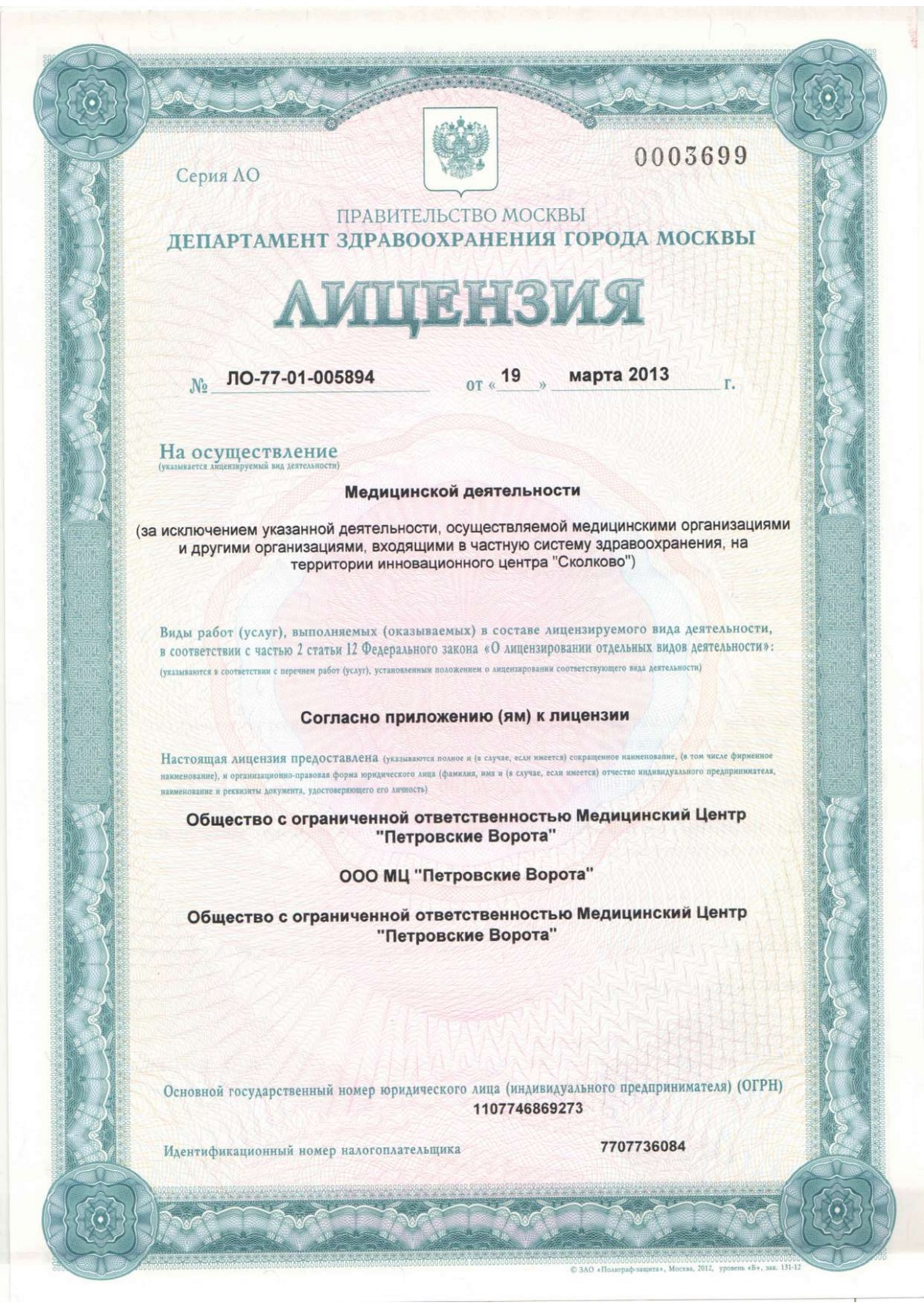

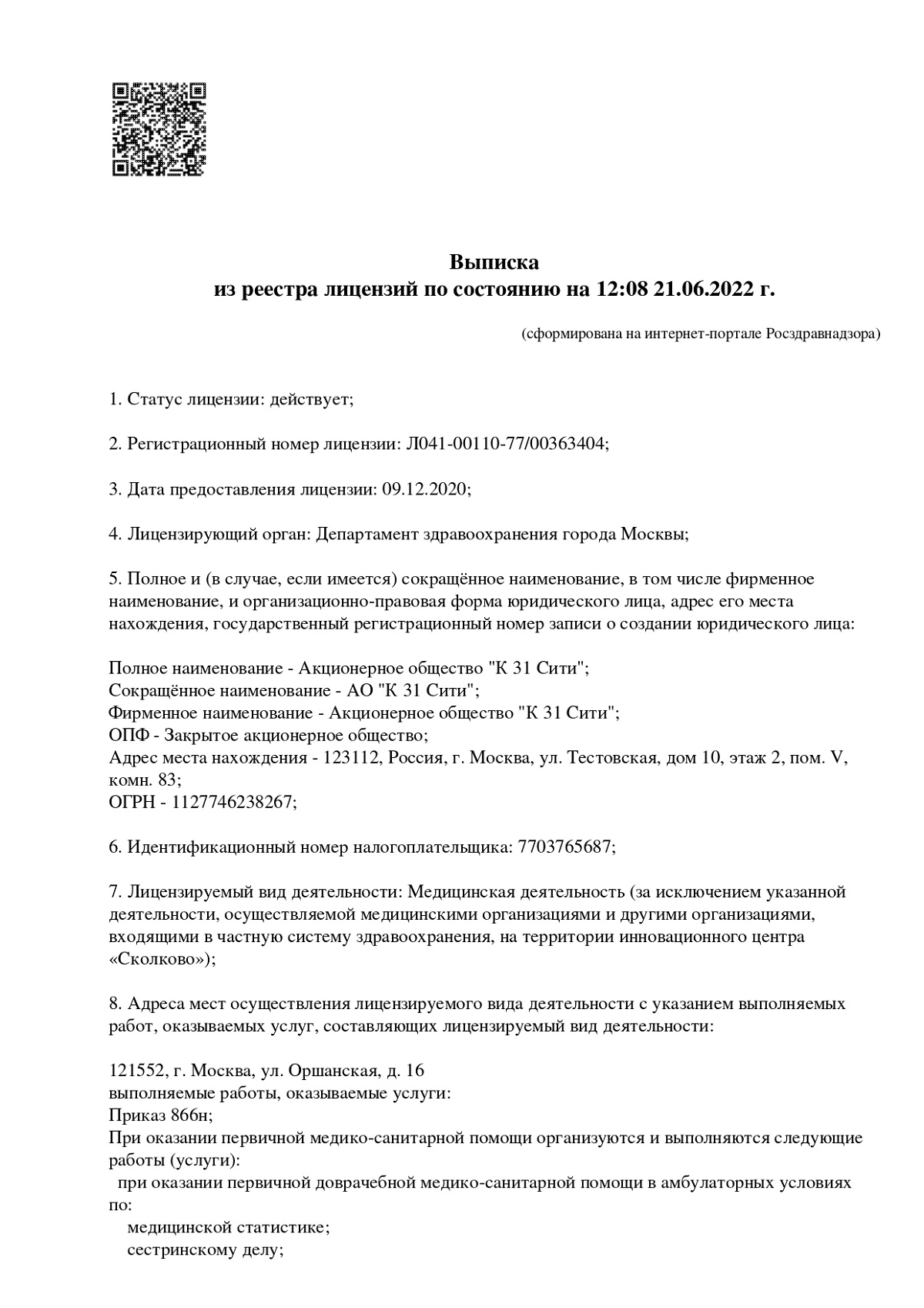
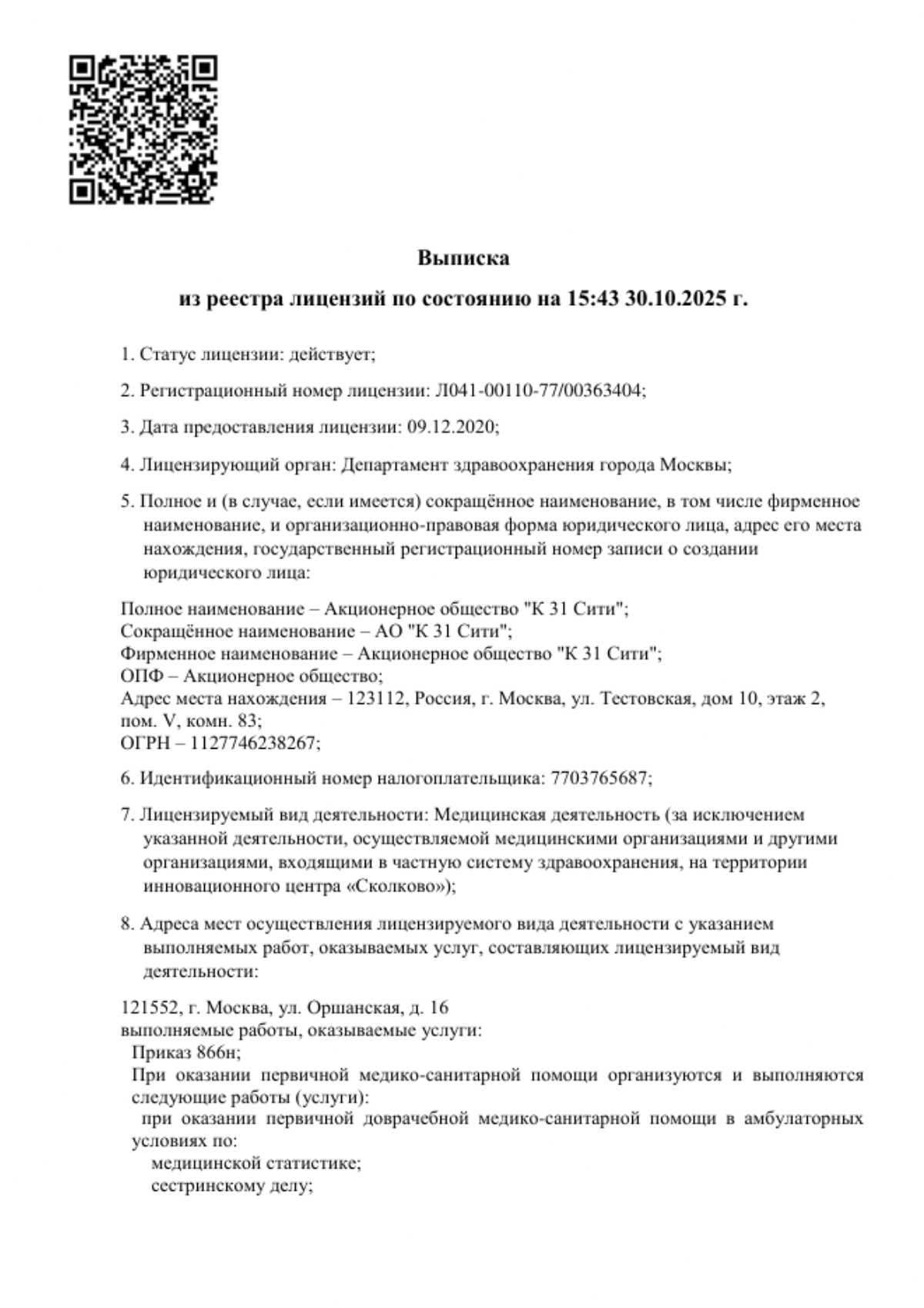
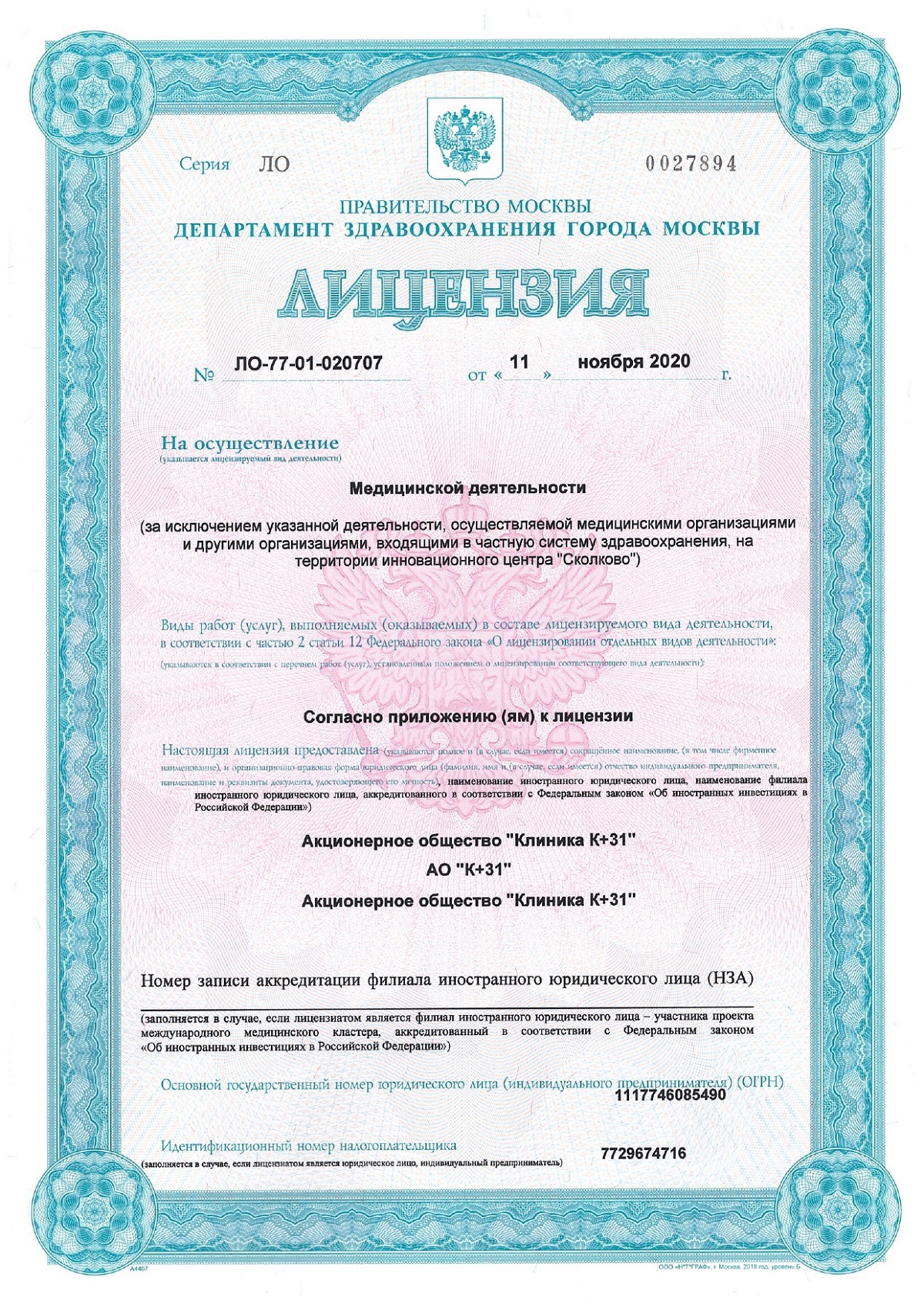

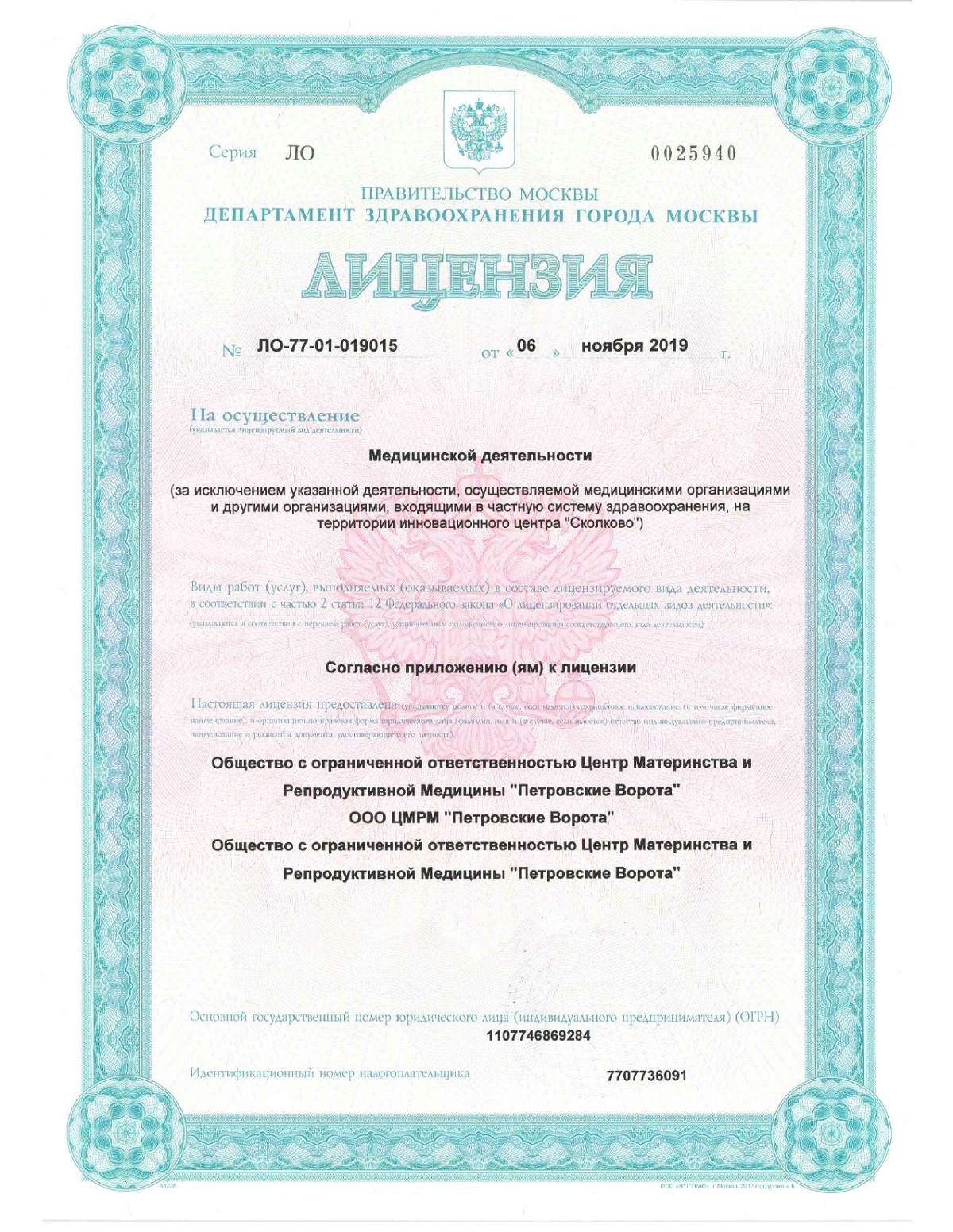




What is arthroscopy?
Arthroscopy is a surgical procedure performed to treat joint injuries and pathologies using a modern video camera. The main advantage of the procedure is its minimally invasive nature: no large tissue incisions are required, making recovery easier and faster.
Arthroscopy is performed using a specialized instrument called an arthroscope. Sometimes, this procedure is prescribed solely for joint diagnostic purposes.